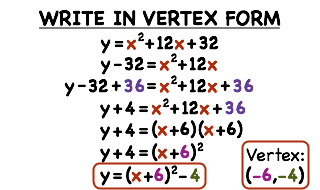This year in Pre Calculus 11 I learned a lot.
#1 Perfect Squares
Perfect Squares have helped me a lot this year in Pre-Calculus 11, it was one of the first things that we learned in the course. I ended up memorizing the perfect squares from 1-15. Memorizing these set of numbers just generally helped me with certain types of equations, especially with our first and second unit which were Roots and Powers, and Radical and Radical Operations. Having a list of perfect squares in your head will be very helpful through all semi advanced levels of math without being able to use a calculator.
![Square 1 to 30 | Values of Squares from 1 to 30 [PDF Download]](https://wmznlejcfq.s3-ap-southeast-1.amazonaws.com/media/square-roots/squares-1-to-30.png)
#2 Radicals
Radicals in math are very important. By using radicals as inverse operations to exponents, you can solve almost any exponential equation. Radicals are also another key building block to solving exponential equations, and helped me a lot during our first 3 units which were; Roots and Powers, Radical and Radical Operations, and Solving Quadratic Equations.



#3 Completing the Square
Completing the square put simply just made the course easier. Learning this in unit 3 helped a lot with our next unit Analyzing Quadratic functions. It can be challenging to learn at the start, but it is worth putting in the work to learn this skill. It mainly helped with Quadratic equations, being easier than the Quadratic formula but a lot harder than just factoring.

#4 Adding and Subtracting Radical Expressions
Adding and Subtracting Radical Expressions is also another building block for other skills or concepts. In future courses, knowing how to add and subtract radicals will come in very handy as well as it helped solve any exponential equation that I have faced this course.

#5 The Cosine Law
The Cosine Law is one of the two laws that we learned this year in Pre-Calculus 11. The other law that we learned was called the Sine Law. The Cosine law is an important skill because of it’s use in real life. I had never heard of The Cosine Law before this unit, so it was interesting to learn about it.












